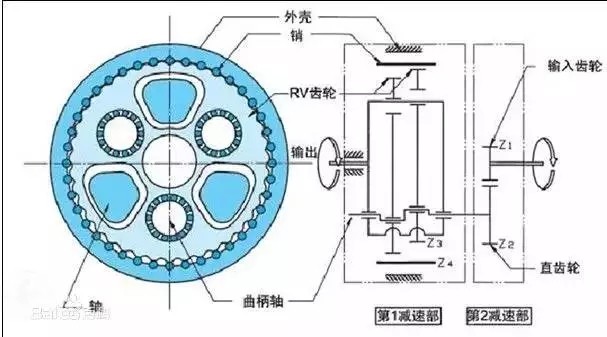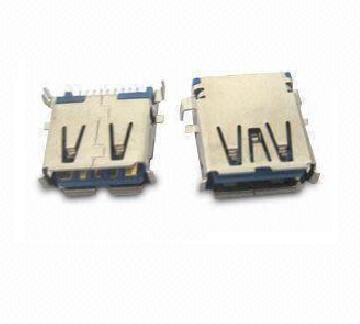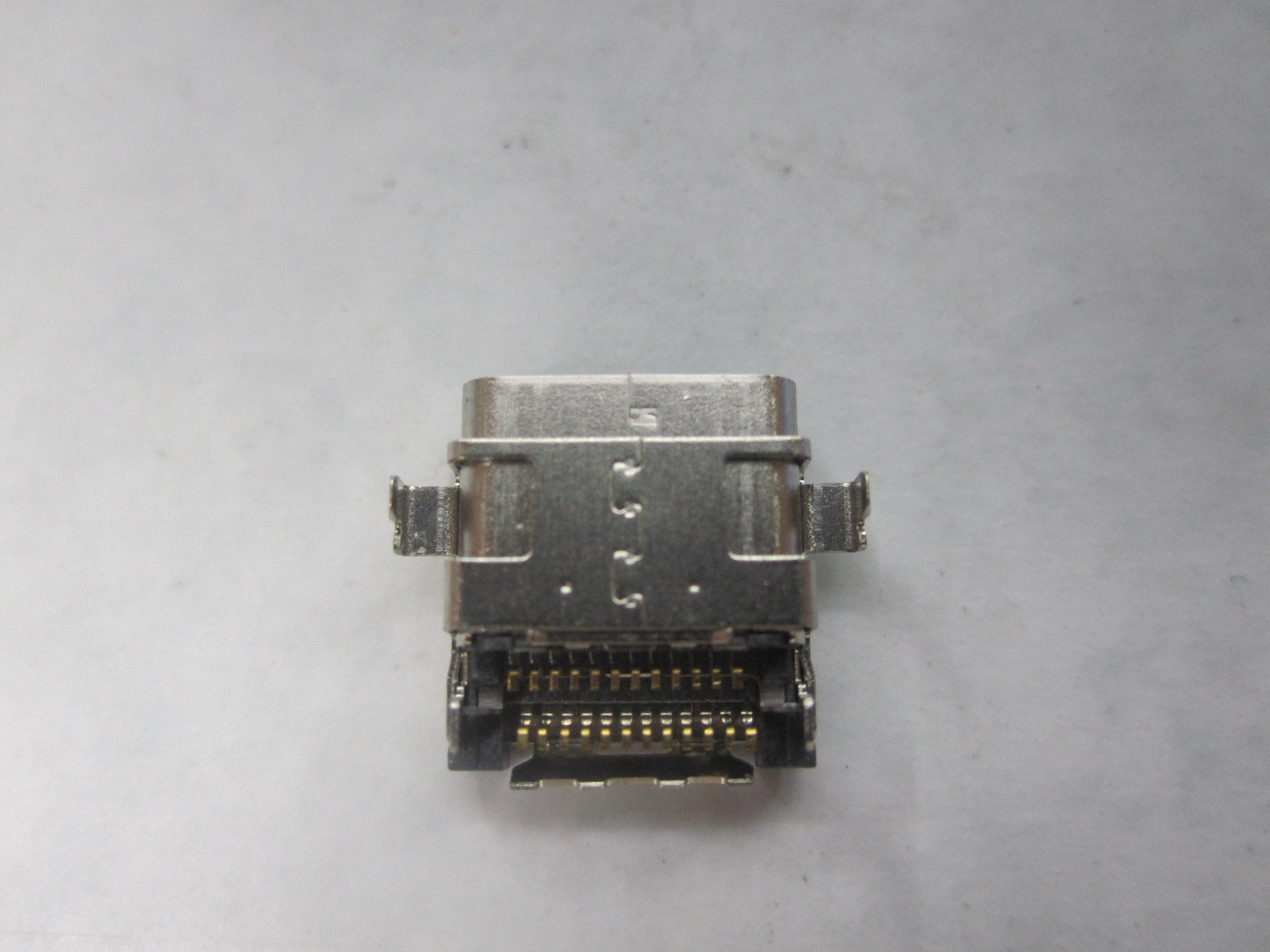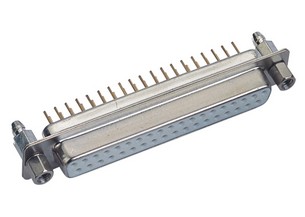The general LED lighting market is similar to the analog IC market because of its very fragmentation. For example, its market segments include replacement bulbs, light bars, string lights, outdoor area lighting, industrial, commercial, residential, consumer portable products, entertainment, retail display lighting, off-grid, and security/security.
It should be noted that in the total market forecast of LEDs of $25.9 billion in 2018, the proportion of the general LED lighting market is about 57%. Other markets are signage, automotive lighting, mobile devices, backlights in displays, monitors, and the like.
Ordinary lighting LED applications continue to gain momentum in both the commercial and residential markets, and they are accelerating their growth. According to industry structure data analysis, “there has been a significant increase in high-brightness LED lighting systems for commercial use. This is because for most consumers, LED lighting for home use is still too expensive. In its long-term benefits, With the support of energy conservation and environmental protection attributes and related tax reduction policies, the use of LED lighting in commercial spaces such as parking lots, office spaces, factories and warehouses will increase significantly. LED lamps can not only replace high-pressure sodium lamps, halogen lamps and Incandescent bulbs, but also can replace CFLs and fluorescent lamps in some venues. It is estimated that the rapid growth and widespread use of LED commercial lighting occurred in 2011, but the use of LEDs for home lighting did not begin to develop rapidly until 2012."
It is not surprising that commercial/industrial applications play a leading role in the transition to LEDs, where lighting typically accounts for 25% to 40% of the total energy consumption of commercial buildings. Since these applications require long periods of high intensity light, the economic return on energy savings is relatively short-lived. Second, the long life of LED luminaires greatly reduces the cost of replacing bulbs. These replacement costs include not only the price of the bulb itself, but also the labor costs of actual replacement, which is enormous in some applications (eg, patio lights).
The main driving force behind the high growth rate of LED lighting is that its power consumption has dropped significantly compared to traditional lighting methods. Compared to incandescent lighting, LEDs provide less than 20% of the power required to provide the same level of illumination (in lumens). As can be seen in Table 1, LED lighting has other advantages, but it also brings some additional challenges. The advantages of LEDs include several orders of magnitude longer than incandescent bulbs, which significantly reduces replacement costs. In addition, the ability to dim LEDs with previously installed TRIAC dimmers is also a major benefit, especially in residential lighting. Instant switching eliminates the warm-up time associated with the CFL, and the LED is not sensitive to the power cycle, which is similar to the CFL. In addition, LED lighting fixtures do not contain any toxic materials that need to be managed and disposed of, while CFLs operate with toxic mercury gas. Finally, LEDs achieve a very flat new shape that is not possible with other technologies.
Table 1: Comparison of LED, CFL and incandescent sources

However, another factor driving the shift to home LED lighting is the fact that at the end of 2013, 40W and 60W incandescent bulbs commonly used in most American homes are prohibited from being manufactured in the US or imported from abroad (although they can still be purchased). . It should also be noted that the 75W and 100W bulbs were phased out in 2012. The US Environmental Protection Agency's (EPA) requirements for improving the efficacy of electricity to light output are the main drivers of the gradual demise of these products. The reason for dominance is to help reduce electricity consumption (and thus reduce power generation), because in fact residential home lighting accounts for about 14% of total electricity consumption (source: US Energy Information Administration). Therefore, the solid-state LEDs that produce the equivalent light intensity output only 1/8 of other light sources have flooded into our modern world.
Cree's sale of its 60W LED products at Home Depot in the US is as low as $7.97. Designed for a lifetime of 25,000 hours, this Cree bulb delivers 84% ​​energy savings compared to equivalent traditional incandescent bulbs. In addition, and more important to consumers, Cree claims that by replacing their incandescent bulbs among the five most commonly used lighting fixtures in their homes, consumers can save an average of about $60 a year in electricity bills. Therefore, although most consumers are still hesitant to buy a 60W LED bulb for $8, they can no longer buy the same incandescent bulb. The good news is that competing vendors such as Philips and Feit continue to offer special price incentives, where the average cost of such bulbs is just under $3 each.
Rectangular I/O Connectors
Antenk offers an expansive product line of I/O connectors including USB, HDMI, D-Sub, Modular Jacks, SFP, QSFP+, CXP, iPass+, iPass+ HD and more. In addition to standard I/O connectors and matching cable assemblies.Except a comprehensive range of standard Input/Output connector solutions for high-speed electronic data communication, Antenk engineers can design customized solutions. This extensive selection of I/O connectors and matching cable assemblies includes numerous next-generation solutions.All of our I/O connectors feature a variety of orientation options, as well as PCB and cable mount offerings.
Antenk develop and specify high-performance I/O's throughout a wide variety of industries. These include SAS, SATA, PCIe, HSSG, FIBRE CHANNEL, INFINIBAND, IEC, CEA, IEEE, VESA, USB and many more.
I/O Connectors Application
Consumer / PC Products
Networking / Telecommunications Products
Mobile Products
Industrial Products
Antenk can deliver standard and custom options of the following I/O connectors:
1394 Connector
Centronic Connector
D-Sub Connector
Dvi Connector
Display Port Connector
HDMI Connector
Half Pitch Scsi Connectors
USB Connector
V.35 Connector
OBD Connector
I/O Connectors General Specifications


ELECTRICAL CHARACTERISTICS
Contact Current Rating:5Amperes.
Dielectric Withstanding.
Dielectric Withstanding Voltage:AC 1000Vr.m.s.
Insulation Resistance:500 Megohms Minimum at DC500V.
Contact Resistance:25 Milliohms Maximum.
Operating Temperature:-55℃~105℃.

MATERIALS:
Contacts:Brass.
Insulator:PBT,UL94V-O Rated.
Shell:Cold Rolle Steel.
Metal Watertight Frame:PBT,UL94V-0.
O-Ring:Silicone.
NOTE:
Position:09PIN,15PIN,25PIN,37PIN.
Rectangular I/O Connectors Series
Rectangular Connector,Rectangular I Connectors,Rectangular O Connectors,Male Connector Rectangular,I/O Connectors,Input/Output Connectors
ShenZhen Antenk Electronics Co,Ltd , https://www.antenk.com